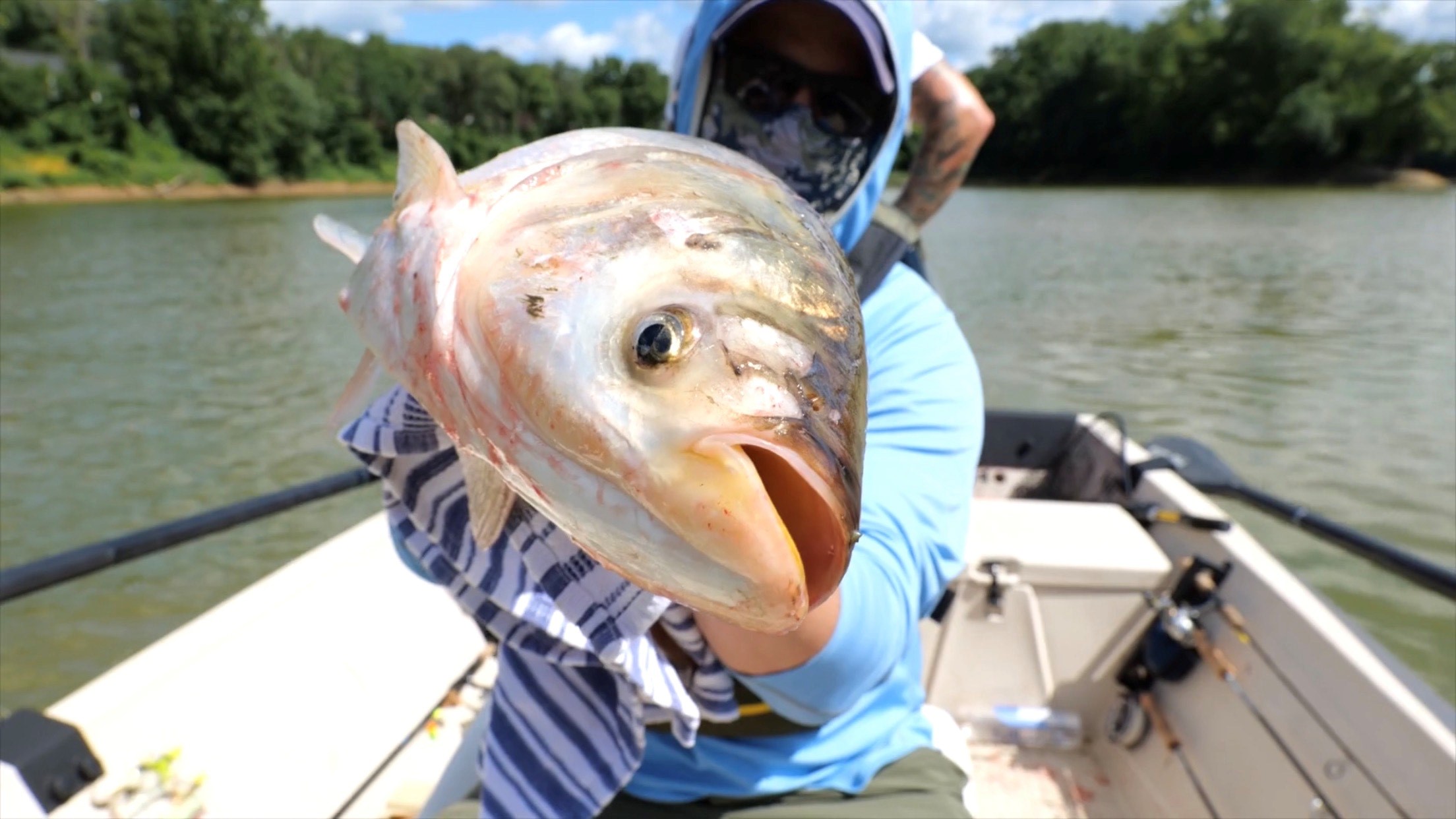WASHINGTON, D.C. — A broad coalition of 133 conservation, farmer and rancher, sportsmen, and wildlife groups urged the leadership of the U.S. House and U.S. Senate agriculture committees in a letter to ensure the forthcoming infrastructure package includes robust funding for Farm Bill conservation programs and farmer assistance. They specifically urged Congress to double the investment in Farm Bill conservation programs and to ramp up conservation technical assistance funding.
“Increasing baseline funding for the Farm Bill conservation programs and ramping up conservation technical assistance on the ground will enable landowners to mitigate the impacts of drought and flood, improve habitat, improve soil health and long-term food security, create new job opportunities for rural economies, and galvanize the agriculture sector to lead the charge in our fight against climate change,” the organizations wrote in the letter.” We believe farmers, ranchers, and foresters are ready to move agriculture toward net zero emissions if they are provided the tools and resources to make that goal a reality. Action this year on the climate and infrastructure bill represents the best opportunity in decades to meet farmer demand for conservation programs.”
The letter’s signatories are the National Wildlife Federation, Alliance for the Great Lakes, American Farmland Trust, American Fisheries Society, American Grassfed Association, Appalachian Trail Conservancy, Arkansas Wildlife Federation, Association of State Floodplain Managers, Bird Conservancy of the Rockies, Blue Ridge Land Conservancy, California Climate and Agriculture Network, California Farmers Union, Capital Region Land Conservancy, Carbon180, Carolina Farm Stewardship Association, Center for Rural Affairs, Chesapeake Bay Foundation, Chesapeake Conservancy, Clean Fairfax, Climate Land Leaders, Coastal Enterprises, LLC, Colorado Wildlife Federation, Conservation Coalition of Oklahoma, Defenders of Wildlife, Delaware Nature Society, Delaware Valley Ornithological Club, Delta Waterfowl, E2 (Environmental Entrepreneurs), Earthjustice, Environmental Defense Fund, Environmental Law & Policy Center, Environmental Working Group, Florida Wildlife Federation, Inc., Food and Agriculture Committee, Sierra Club, Atlantic Chapter, Food Animal Concerns Trust, Foodshed Capital, Friends of the Mississippi River, Gallatin Valley Land Trust, Georgia Wildlife Federation, Goose Creek Association, Harpeth Conservancy, Hawaii Farmers Union United, Hawk Mountain Sanctuary Association, Healthy Gulf, Heart of the Rockies Initiative, Idaho Wildlife Federation, Illinois Council of Trout Unlimited, Indiana Wildlife Federation, Institute for Agriculture and Trade Policy, Iowa Environmental Council, Iowa Wildlife Federation, Izaak Walton League of America, Kalmiopsis Audubon Society, Kansas Wildlife Federation, Land For Good, Land Trust Alliance, League of Conservation Voters, Louisiana Wildlife Federation, Maine Farmland Trust, Maine Organic Farmers and Gardeners Association, Maryland Bird Conservation Partnership, Maryland Ornithological Society, Mass Audubon, Michael Fields Agricultural Institute, Michigan Farmers Union, Minnesota Conservation Federation, Minnesota Farmers Union, Mississippi River Trust, Mississippi Wildlife Federation, Missouri Farmers Union, Montana Organic Association, Montana Wildlife Federation, National Association of Conservation Districts, National Audubon Society, National Center for Appropriate Technology, National Deer Association, National Farmers Union, National Organic Coalition, National Sustainable Agriculture Coalition, National Young Farmers Coalition, Natural Resources Defense Council, NatureServe, Nebraska Farmers Union, Nebraska Wildlife Federation, Neighboring Food Co-op Association, Nevada Wildlife Federation, New England Farmers Union, North American Grouse Partnership, North Dakota Farmers Union, North Dakota Wildlife Federation, Northeast Organic Farming Association-Interstate Council, Northern Virginia Conservation Trust, Northwest Farmers Union, Ohio Conservation Federation, Ohio Ecological Food and Farm Association, Oregon Climate and Agriculture Network, Organic Farmers Association, Organic Farming Research Foundation, Pasa Sustainable Agriculture, PennFuture, Pesticide Action Network, Pollinator Partnership, Prairie Rivers Network, Quivira Coalition, Rockbridge Area Conservation Council, Rocky Mountain Farmers Union, Rural Coalition, Salem Audubon Society, Savanna Institute, Saving Birds Thru Habitat, Sierra Club, Slow Food USA, Sociedad Ornitologica Puertorriquena, Soil and Water Conservation Society, South Carolina Wildlife Federation, South Dakota Wildlife Federation, Texas Conservation Alliance, The Conservation Fund, The Nature Conservancy, Theodore Roosevelt Conservation Partnership, Trout Unlimited, Union of Concerned Scientists, Unitarian Universalist Church of Roanoke, Utah Wildlife Federation, Virginia Association for Biological Farming, Virginia Conservation Network, Waterkeepers Chesapeake, Western Landowners Alliance, Wild Farm Alliance, Wildlife Mississippi, Wisconsin Farmers Union, Wyoming Wildlife Federation, and Xerces Society for Invertebrate Conservation.
 Every day over a million used ink cartridges are thrown away. Use this easy way to recycle your used printer cartridges and it will help us generate much-needed funds while doing our part to preserve the planet.
Every day over a million used ink cartridges are thrown away. Use this easy way to recycle your used printer cartridges and it will help us generate much-needed funds while doing our part to preserve the planet.






















































































 About Great Lakes Conservation Coalition
About Great Lakes Conservation Coalition


